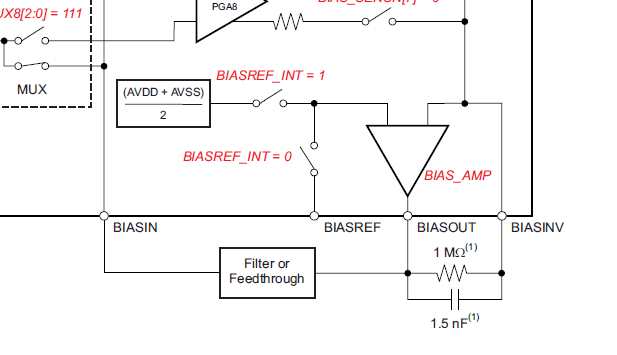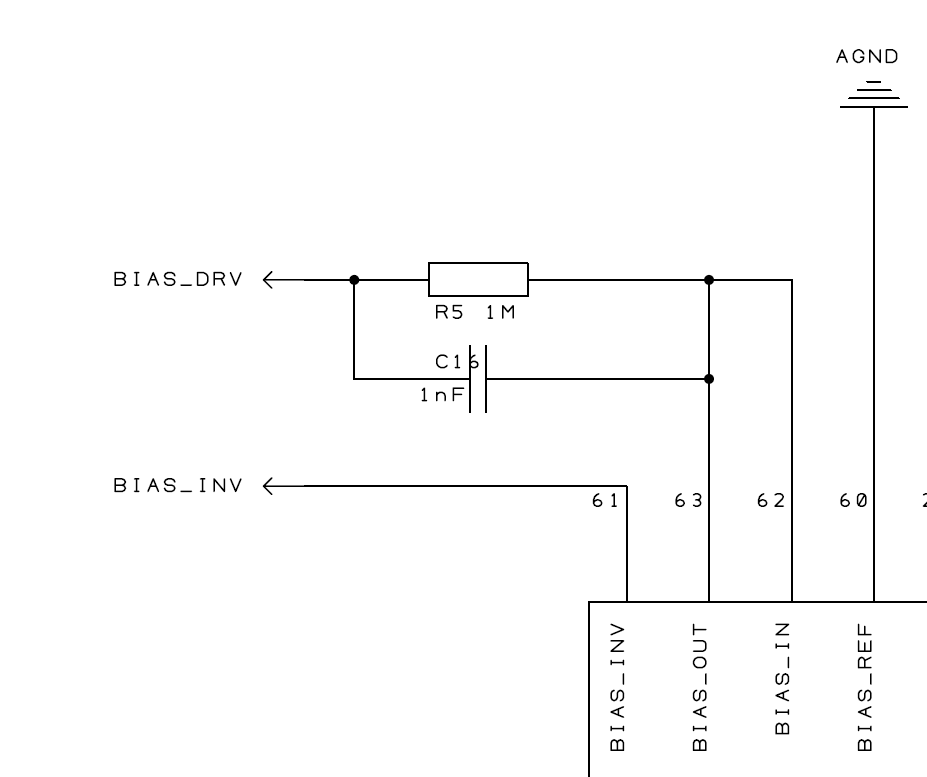Hi,
I am reading materials about ADS1299 and want to sample the EEG.
I read some materials on the OPENBCI website and compare it with the datasheet.
And the bias settings are different between them.
In TI's datasheet, it is shown below:
In the BCI, it is shown below:
Could you please tell me the differences between them and which is right/better?
Thanks,
-Di



